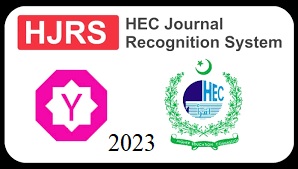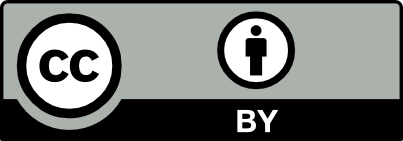To assess the prevalence, diagnostic tools and prescription trends of kidney stone in Sialkot
DOI:
https://doi.org/10.56770/jcp201703Keywords:
kidney stones, flank pain, prevalence, diagnostic tools, tamsulosinAbstract
Objective: This study provides a brief description regarding prevalence, diagnostic tools and medical treatment of kidney stones in Sialkot, Pakistan. Method: The study was carried out in the Department of Urology, Amina Hospital Cantt, Sialkot. Data was recorded on questionnaires by interview of 50 patients of kidney stones involving 30 males, 17 females and 3 child by filling questionnaire after random collection of data in district Sialkot. Result: The prevalence of kidney stones in Sialkot was 60% in males, 34% in females and 6% in child. The most recommended diagnostic test was ultrasound (96%) and percentages for rest of diagnostic tests were 58% urinalysis, 10% KUB X-Ray and 2% IVP. Renal profile were 92% urea, 56% uric acid, 92% creatinine, 38% sodium, 10% calcium and 30% chloride. From sample size of 50 patients, tamsulosin (80%) was highly recommended along with ciprofloxacin (68%), diclofenac sodium (64%), citro soda (56%), tripsin along with chymotrypsin combination (chymotrip forte) (44%),diclofenac sodium with misoprostol combination (osteotec) (22%), omeprazole(32%), nelbuphine (14%), distalgesic (8%), furosemide (6%), paracetamol (4%). Conclusion: The kidney stones prevalence is more in male gender as compared to female gender with percentages of 60% in males and 34% in females along with 6% in child. The most prevalent diagnostic test was ultrasound (96%) and most recommended medicine was tamsulosin (80%).
Downloads
Published
How to Cite
Issue
Section
License
Copyright (c) 2017 The authors retain the copyright without restriction.

This work is licensed under a Creative Commons Attribution 4.0 International License.









